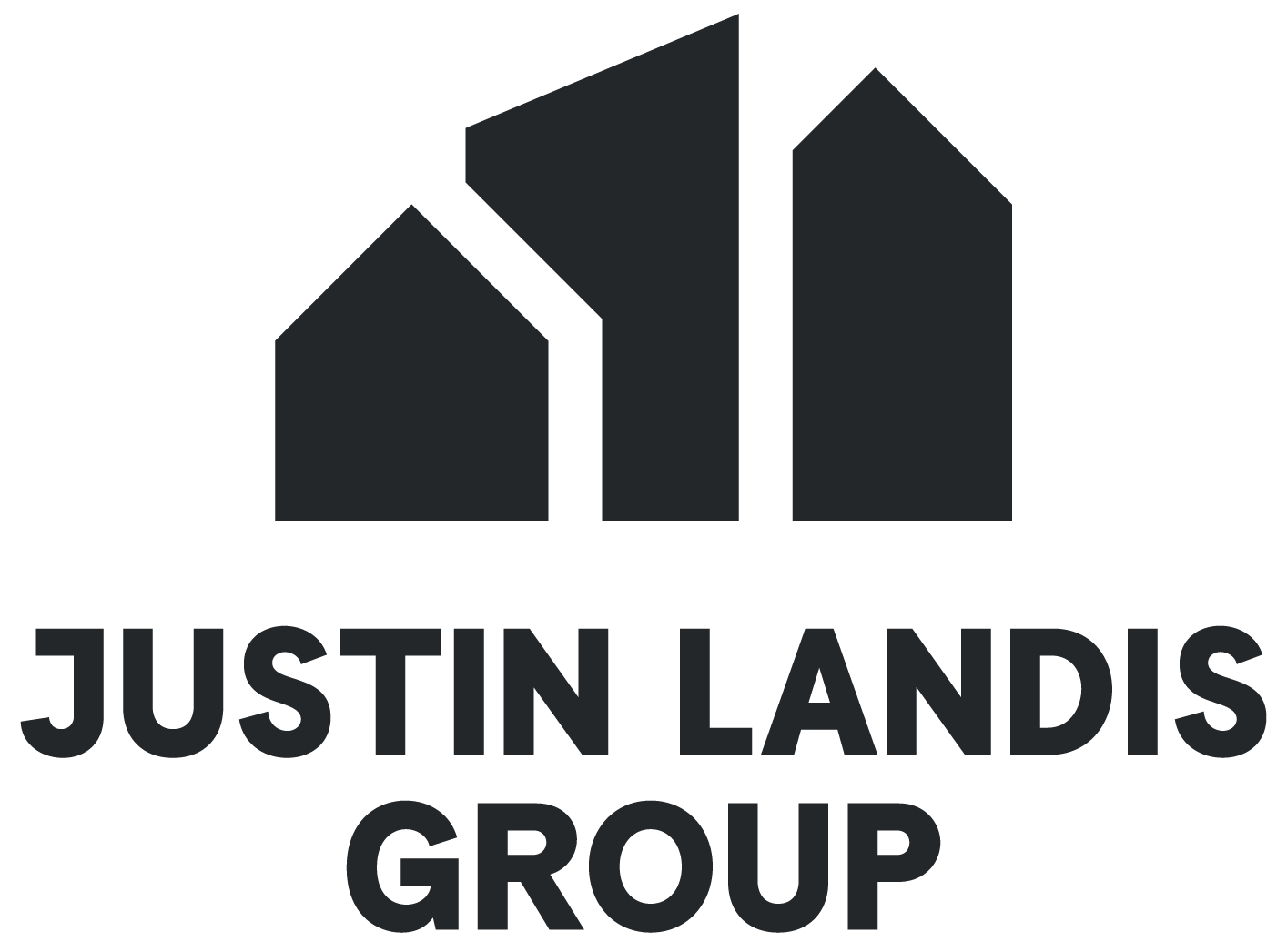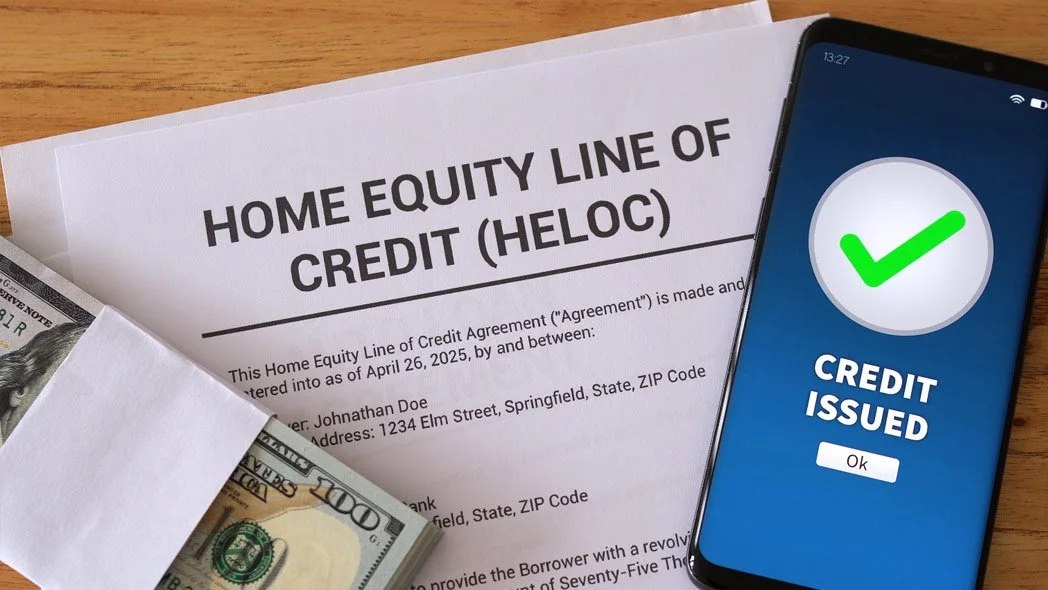Why Atlanta Bridge Loans Beat Cash-Out Refinances
Atlanta real estate investors have a choice to make every time a new property hits the market. Bridge loans and cash-out refinances can each help you tap into your property's equity. The problem is that they work differently and on wildly different schedules. Properties in Buckhead and Midtown are receiving multiple bids within days of listing. The investor with the fastest financing usually wins.
Georgia bridge loan volume hit $1.47 billion last year, with 3,696 different borrowers taking them out. Traditional cash-out refinances usually need 30 to 45 days until you see any money. Bridge loans can get you funded in 5 to 14 days instead. Some lenders will even wire funds within 24 hours once the title work is done. Wait a week too long in Virginia-Highland, and the property that you wanted is already under contract with somebody else who had their financing ready to go.
Bridge loans do cost more, with interest rates around 10.23% versus conventional refinances at about 7%. Atlanta sellers will usually take less money if it means a faster close, though. The math gets interesting when you see this. You might pay 3% extra in financing costs, but you can grab a property for 5% under asking. Sellers who need the money fast for their next deal are especially motivated to take these bids.
The speed benefit can also translate into big savings on Atlanta investment properties when you run the numbers.
Let's talk about why bridge loans could be the better choice for Atlanta homeowners!
Quick Closings Give You an Edge
Investment properties in Atlanta are very competitive, and speed can make or break your deal. Bridge loans are fast, and they can close in just 7 to 14 days. Cash-out refinancing takes much longer, at 30 to 45 days minimum. That extra month of waiting time has cost plenty of investors the perfect property.
Popular neighborhoods like Virginia-Highland and Inman Park are especially tough for investors who need traditional financing. Properties in these areas almost never stay on the market for long. During the weeks you spend waiting for a cash-out refinance approval, another investor who has faster financing options has already submitted a bid and had it accepted. That property is gone, and now you have to start your search all over again.
Most investors I talk to are surprised when they learn how much sellers value a quick closing. A seller will frequently accept a bid that's $10,000 below the asking price if it means that the deal closes next week instead of next month. The extra cost of a bridge loan actually starts to look like a smart financial move when you think about that discount on the sale price.
Sellers have plenty of reasons to want a fast sale. Many of them have already put in a bid on their next home and need the proceeds to close on it. Others have accepted a job in another city and need to move fast. These situations create opportunities for investors who can also move fast with their financing.
Fix-and-flip projects benefit even more from bridge loan speed. Every day that you own an investment property costs money. Property taxes accumulate whether you're working on the house or not. Insurance premiums are due every month. Losing time and momentum happens when you've already lined up contractors but can't close for another 6 weeks. Bridge loans let you close fast and start renovations quickly. You can list the finished property sooner and move on to your next project.
Rent Your Property From Day One
Cash-out refinances have a requirement that most investors never see coming. The lender is going to make you live in that property for somewhere between 6 and 12 months until you can put a tenant in there. Half a year or a full year of rental income just vanishes as you're sitting in a house that was supposed to be making you money.
The numbers on this are brutal, and they add up fast. Properties in Grant Park or Old Fourth Ward bring in $3,000 a month in rent. But you can't see a penny of it because you have to live there yourself. 6 months of that means $18,000 that you'll never get back, and that's the money that you probably counted on when you first ran your investment calculations.
Bridge loans work differently, and that's why investors love them. You close on the property, and then you can put tenants in there the very next day if you want. You have total flexibility to try different renovation strategies while the rent checks start coming in. Maybe you renovate one unit with high-end finishes first, and then you can see if the market will actually pay the premium rent before you commit to upgrading the rest of the building.
The damage to your finances also extends way past those missing rent checks. Most investors already have a home with a mortgage payment, and now they're forced to carry two properties at once. Double the mortgage payments, double the utility bills, double the insurance premiums and double the maintenance problems. At the same time, that qualified tenant who was ready to sign a lease just went and rented from your competition instead.
Out-of-state investors run into an even bigger problem with these occupancy requirements. An investor from Texas or California can't simply pack up and move into an Atlanta property for 6 months. They bought the property as an investment, and they need the rental income from day one to make the numbers work. Without tenants in place from the start, they're stuck paying for an expensive empty house from thousands of miles away.
When Bridge Loans Make Financial Sense
Bridge loans can save you plenty of money when interest rates are volatile and unpredictable. I know that it sounds counterintuitive. Lots of borrowers see 8% to 12% interest on a bridge loan and then compare it to the 7% that they'd get on a traditional refinance right now. The math shows something else, though.
Let's say that you need to pull $200,000 out of your Atlanta property for whatever reason. A standard thirty-year refinance at 7% is going to cost you around $480,000 in interest payments over the life of the loan - it's a significant amount of money over three decades.
A bridge loan at 10% for six months is going to run you about $10,000 just in interest fees alone - it's plenty of money to pay as you're waiting for the market to improve. But what if the rates actually do drop down to 6% sometime in those six months? At that rate, your new thirty-year mortgage would only rack up around $430,000 in interest over its lifetime. That $10,000 that you paid for the bridge loan actually ends up saving you $40,000 when it's all said and done.
The Federal Reserve has been hinting at possible rate cuts for quite some time. Atlanta's economy continues to grow at a pace that outstrips most other cities in the country. When local markets heat up like this, lenders usually compete more aggressively for quality deals. This competition frequently drives rates down in the local market even when the national rates remain unchanged.
Bridge loans also need a well-thought-out repayment strategy, though. The higher monthly payments aren't right for every borrower or every situation. Having a few viable exit strategies in place frequently makes the numbers work out in your favor. You could sell the property if the rates stay high. You can refinance once market conditions improve. Another investment that matures soon could give you the payoff funds that you need.
Requirements That Bridge Lenders Actually Use
The paperwork requirements alone tell you everything about how different these two loan options actually are. Traditional lenders need at least 2 years of tax returns, W-2 forms and a mountain of other documents. Bridge lenders mostly just want to see bank statements and a property appraisal. This makes a lot more sense because tax returns don't always paint the full picture of someone's finances, especially for business owners in Atlanta. Every savvy owner takes all of the legitimate deductions they can get, and bridge lenders actually get that.
Atlanta's economy has evolved into something impressive over the past decade. Film production companies, venture-backed startups and real estate developers all operate in the same market. These professionals usually earn large incomes. But the way that this income looks on paper can be misleading. A producer might receive a $200,000 payment from a studio one year and then nothing for 6 months as their next project gets lined up. Most traditional lenders see that income pattern and will immediately decline the application. Bridge lenders take a different strategy and look to see if the property itself is a solid investment.
Portfolio landlords also run into problems with conventional financing. Once an investor accumulates four or five rental properties, many banks will just stop lending to them. These institutions have internal policies that ignore the fact that an investor could have $1 million in equity spread across their portfolio. A bridge lender will review that entire portfolio and will let investors use their existing equity to acquire the next property.
The valuation methods are different as well. Bridge lenders base their calculations on the after-repair value for renovation projects.
The Middle Ground Your Investment Needs
Home equity lines of credit fall somewhere right in the middle between bridge loans and cash-out refinances. In a few ways, they bring together the benefits of the two options into one product. The approval process usually takes about two to three weeks, and it's considerably faster than the month or more you'd wait for most refinances. At the same time, the interest rates stay well below what most bridge loan lenders charge.
Atlanta has a strong network of credit unions and regional banks that have competitive HELOC terms for investment properties. The longer you've worked in the real estate business and the stronger your local banking relationships, the better your rates and terms usually are. These lenders have deep knowledge of the Atlanta market, and they've learned which investors deliver on their word.
HELOCs have interest rates that move around based on what the market does each month. When the prime rate goes up, your payment goes up with it. When the rate drops, you pay less. All this movement makes HELOCs work best for properties that you'll only hold for a year or two at most. They're also great as backup plans if you need emergency cash or your main lender falls through at the last minute.
A standard HELOC gives you access to funds for approximately 10 years, and after this draw period closes, you enter the repayment phase. You'll then pay back the principal and interest over the following 10 to 20 years. The prime rate has been very volatile, so any projections need to account for rate swings in either direction.
HELOCs work especially well for renovation projects that happen in phases instead of all at once. You might withdraw $30,000 for kitchen renovations, then tap another $20,000 for bathroom upgrades a few months later. Interest only accrues on the amount that you've actually withdrawn - not the full credit line. They're also helpful financing tools for properties that you intend to hold as rentals for a few years before you sell.
Moving to Atlanta?
Options for financing property purchases have their own set of pros and cons that matter for different reasons. Your best bet is to line up the loan type with your exact situation and timeline. Speed matters quite a bit in competitive markets. Property plans matter too. Interest rate predictions also come into play. And of course, your financial qualifications control which doors are actually open to you.
Bridge loans are more expensive than standard mortgages, and the repayment timeline is much shorter. Most borrowers aren't thrilled about either fact. But the extra expense can be worth it in certain situations. You might need to buy your next home as your existing one is still on the market. Or you want time to renovate before anyone moves in. The higher price tag makes financial sense in these scenarios even though the numbers look scary.
Atlanta's housing market has been very tough with inventory levels that just won't budge. Properties get multiple bids within days or hours. Buyers who wait too long lose out to buyers who come prepared with stronger financing. Speed and flexibility become big benefits when you have three other bids on the same property that you want.
Actual numbers beat theoretical discussions every time. Pull up listings for properties you actually want to buy. Call a few lenders and get rate quotes for bridge loans and traditional mortgages. Calculate the monthly payments for each option. Factor in the total interest over the life of each loan. Add up the fees and closing costs, too. Now you can see just what each path would cost you in dollars instead of just general concepts.
I see borrowers make the mistake of automatically picking whatever loan type their friends used or whatever seems most popular at the moment. Every transaction has its own circumstances and challenges, though. What made perfect sense for your neighbor last year could be the wrong choice for your situation now.
Atlanta's property market changes constantly, and financing strategies have to evolve right along with it. Five years ago, everyone was racing to lock in those historically low rates. This environment needs different strategies. Buyers have to adapt their plan to match conditions instead of just doing what worked in the past. Every deal deserves its own analysis and its own well-thought-out financing option.
Justin Landis Group knows Atlanta neighborhoods and financing options from every angle. Our team helps buyers with their property search and the lending options that work for them. We know which lenders work fastest and which loan programs fit different buyers. Give us a call and we'll help you find the right path for what you need.







